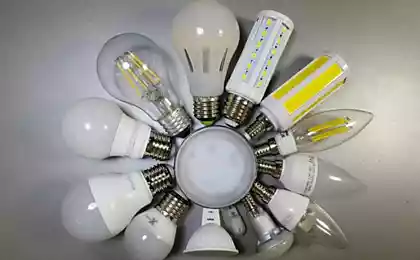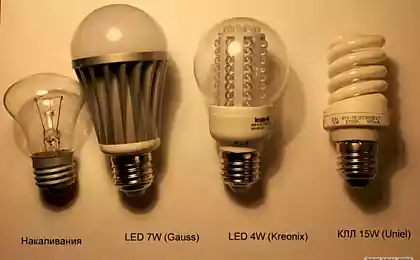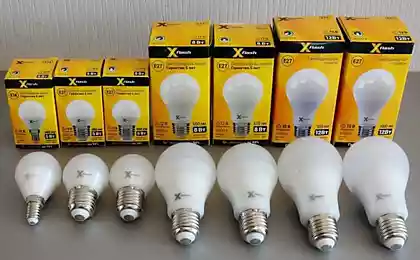502
Utilisation of energy saving lamps
Used batteries and energy saving light bulbs in no case should be disposed of in the trash cans. Hazardous substances contained in them, require special disposal. And the solid waste landfill for many years will exude into the environment of toxic gases. Not many people know that is a common energy saving lamp. In fact, this is a glass spiral, inside which are mercury vapor, and the walls coated with a special layer of a substance called phosphor. Mercury vapor under the action of electric discharge emit ultraviolet rays, and those, in turn, force applied to the tube wall phosphor to emit light. By itself, pure mercury is not as dangerous. If you cast a bucket of mercury, the contact area with the air will be about 300 square centimeters.
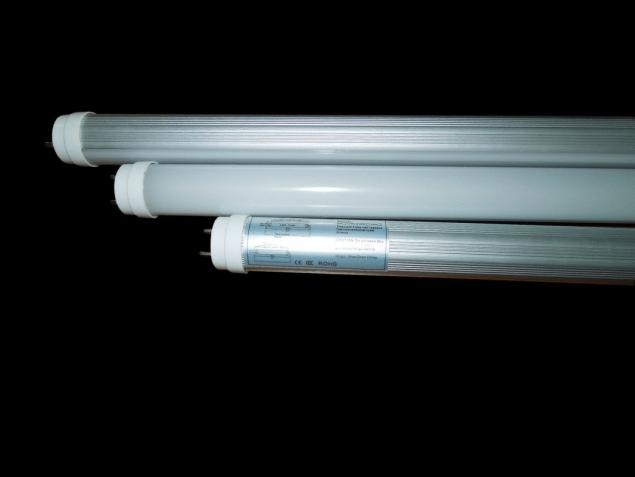
In the fluorescent lamp mercury is finely divided so that the area of contact of microspheres of mercury to air will be about five thousand square centimeters! And in the air, these couples do not dissolve, and "hang" for a long time. In the body, the mercury vapor accumulates and "hit" the Central nervous system, the kidneys. Especially dangerous mercury poisoning for children. Anyone who uses such a light is seen on the package icon that indicates that a bulb should be disposed of in the trash.

Experts say that in Ukraine only 2% of people read the instructions on the use of fluorescent lamps and deliberately want to pass on the rules of these lamps for recycling. But the collection points and disposal system of mercury containing lamps in Ukraine. Therefore, the threat of lamps together with household waste brought to the trash where the mercury penetrates into the soil, or waste-to-energy plant, where the lamp burned, or at best taken away and hand over for industrial processing.
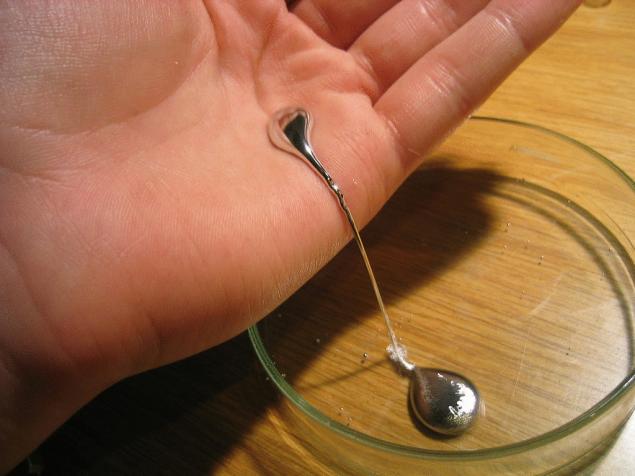
But environmentalists say the broken fluorescent lamps have begun to find in the rivers, forests, and around garbage cans more often. Even his meager doses can cause acute physical and mental disorders, in particular, a special type of mercury poisoning is micromercurialism — a disease that occurs when person a long time affect the concentration of mercury, significantly less than the maximum allowable.
Source: /users/147

In the fluorescent lamp mercury is finely divided so that the area of contact of microspheres of mercury to air will be about five thousand square centimeters! And in the air, these couples do not dissolve, and "hang" for a long time. In the body, the mercury vapor accumulates and "hit" the Central nervous system, the kidneys. Especially dangerous mercury poisoning for children. Anyone who uses such a light is seen on the package icon that indicates that a bulb should be disposed of in the trash.

Experts say that in Ukraine only 2% of people read the instructions on the use of fluorescent lamps and deliberately want to pass on the rules of these lamps for recycling. But the collection points and disposal system of mercury containing lamps in Ukraine. Therefore, the threat of lamps together with household waste brought to the trash where the mercury penetrates into the soil, or waste-to-energy plant, where the lamp burned, or at best taken away and hand over for industrial processing.

But environmentalists say the broken fluorescent lamps have begun to find in the rivers, forests, and around garbage cans more often. Even his meager doses can cause acute physical and mental disorders, in particular, a special type of mercury poisoning is micromercurialism — a disease that occurs when person a long time affect the concentration of mercury, significantly less than the maximum allowable.
Source: /users/147
